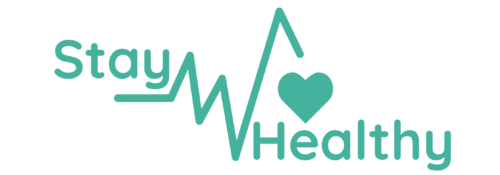Population health management is becoming a hot topic among many healthcare providers as the healthcare industry continues to transform. This form of care can help reduce the cost of treating patients and increase their quality of care.
A successful PHM program can positively impact patients, staff, and the overall healthcare system. But to be successful, it is essential to know how to implement PHM correctly.
Contents
Identifying High-Risk Individuals
Identifying high-risk individuals is essential to a thriving population health management program. Without this process, case managers will likely fail to improve the lives of members who need it most–and their health plans will incur unnecessary costs for mismanaged care.
A group of complex care organizations participating in the C CIL’sCCIL’s Rising Risk Initiative is exploring how to identify patients who are not yet “high-need, high-cost” but are on the trajectory to becoming so. These people often interact with the healthcare system in less-intensive ways but still require expensive services and extended hospital stays to get well.
To better understand these groups, the CCIL sites use cluster analysis models of their entire populations to identify people health care systems have previously missed. The model reveals the behaviors contributing to these risks and helps healthcare systems develop interventions that can disrupt them.
Another way to identify high-risk members is to assign risk scores based on social determinants of health, psychological factors, and chronic diseases. Adding these factors to a risk algorithm can help healthcare providers target those with the greatest needs more effectively.
Educating Team Members About Healthy Life Choices
Population health management has become a critical focus for healthcare organizations in our era of skyrocketing healthcare costs. To lower costs and improve outcomes, healthcare providers must embrace innovative technologies and strategies to improve patient access, engage patients in their health, and deliver better care.
One of the most important components of population health management is identifying and addressing high-risk patients and developing a strategy to improve care delivery for them. Using technology, such as telehealth and mobile applications, to target specific groups of high-risk patients can improve outcomes and lower healthcare costs. New ways to engage patients and use their data can also help drive population health strategies.
A well-defined and coordinated strategy is critical to successfully implementing a population health management program. This requires a top-down approach that integrates the healthcare enterprise’s clinical, financial, and operational elements. It will also require leveraging technology, like what companies like Foresee Medical offer, to keep costs low and make sure coding and billing are correct. It also requires a team of leaders with diverse skills that can complement each other and collaborate to meet the initiative’s goals.
Educating team members about the many facets of healthy living is not easy, but it can be accomplished in an enjoyable and rewarding way for all involved. Some of the best methods include establishing a code of conduct, holding team meetings, and providing incentives. It is also a good idea to have team members in decision-making about which products, services, and programs will best support their health needs. This will help them make better decisions and ensure the organization reaches its goals.
Developing a Care Plan
Developing a care plan is a great way to involve patients in their healthcare. ProvidingProviding them with clear information about their health condition and treatment options can help improve the patient experience and promote positive outcomes.
To make care planning effective, it is essential to understand that each person has a unique set of needs and goals. Creating care plans based on these individual needs can improve treatment compliance and reduce overall costs.
A care plan can take several forms, including a list of goals, steps to be taken, and a timeframe for achieving the goal. It also helps to identify the resources needed to implement the plan.
It is vital to note that there are multiple care plans, including disease-based, symptom-based, and behavioral. Therefore, it is essential to determine which type of care plan will be best for your patients, as it can significantly affect their health and quality of life.
Population health management is becoming a critical focus for hospitals and healthcare systems as they work to optimize their patient populations, improve the quality of care, and comply with value-based reimbursement models. However, many challenges need to be addressed to implement population health management successfully. These include financial constraints, lack of data interoperability, low levels of data integrity, and insufficient talent and experience.
Developing a Communication Plan
Whether raising awareness about a community issue or promoting your organization’s accomplishments, a communication plan can help streamline the process and ensure that the message is heard. Establishing a standardized method of communicating with stakeholders is also important to reduce confusion and conflict.
One way to do this is to outline the different types of communication that will be used and specify what information they will contain. This will help ensure that all stakeholders know what they can expect and can be on the same page about what’s expected of them during the project.
A good communication plan should include a variety of methods, including social media, email, phone calls, webinars, and other channels. It should also list a few people responsible for each type of communication.
Then, determine SMART goals for the plan, which are specific, measurable, attainable, relevant, and timely. This will ensure that you can measure your communication’s impact.
Finally, a good communication plan should include regular updates and opportunities to gather feedback. This will help to ensure that you’re keeping the goals of your program in mind and adjusting it as needed throughout the project’s lifecycle. It will also allow you to collect and track quantitative and qualitative metrics to see how your plan is doing.



